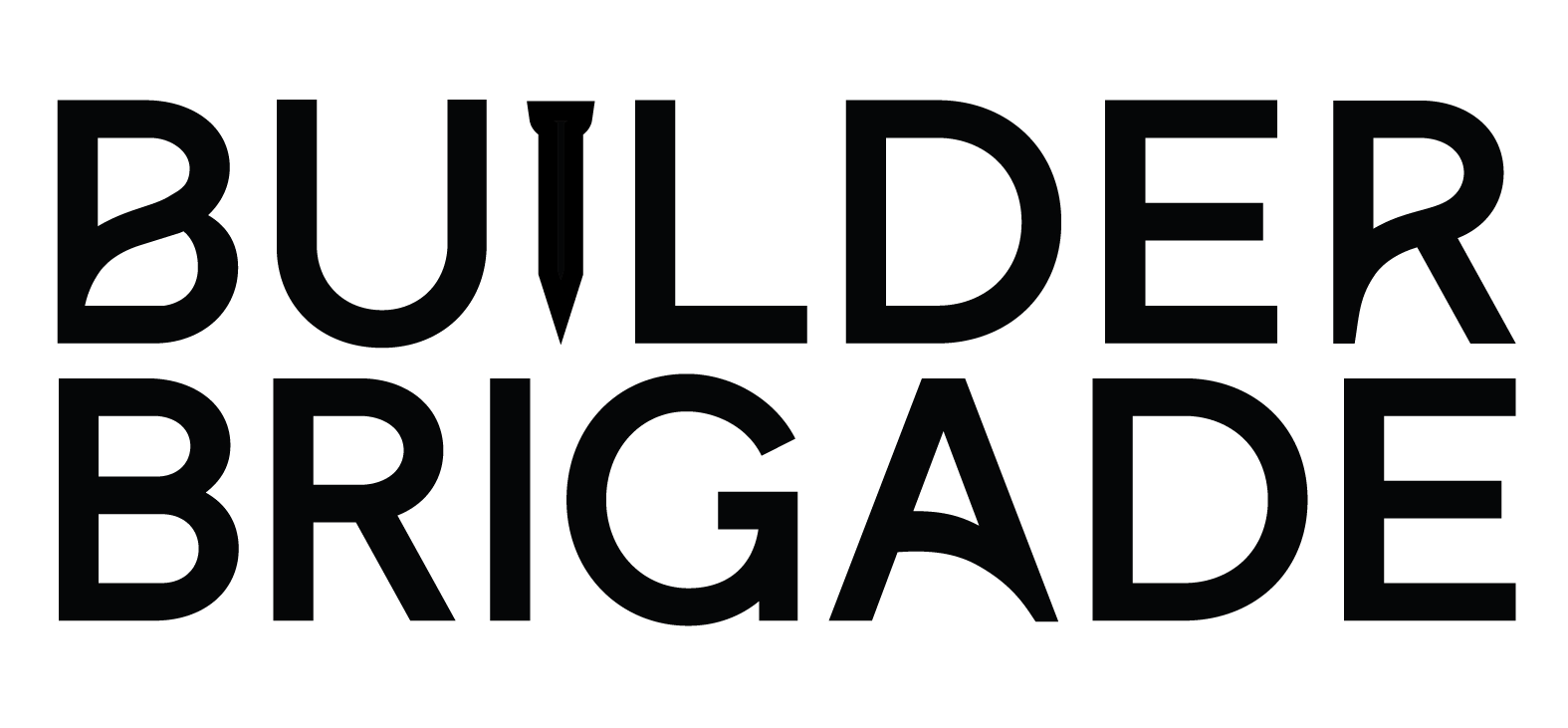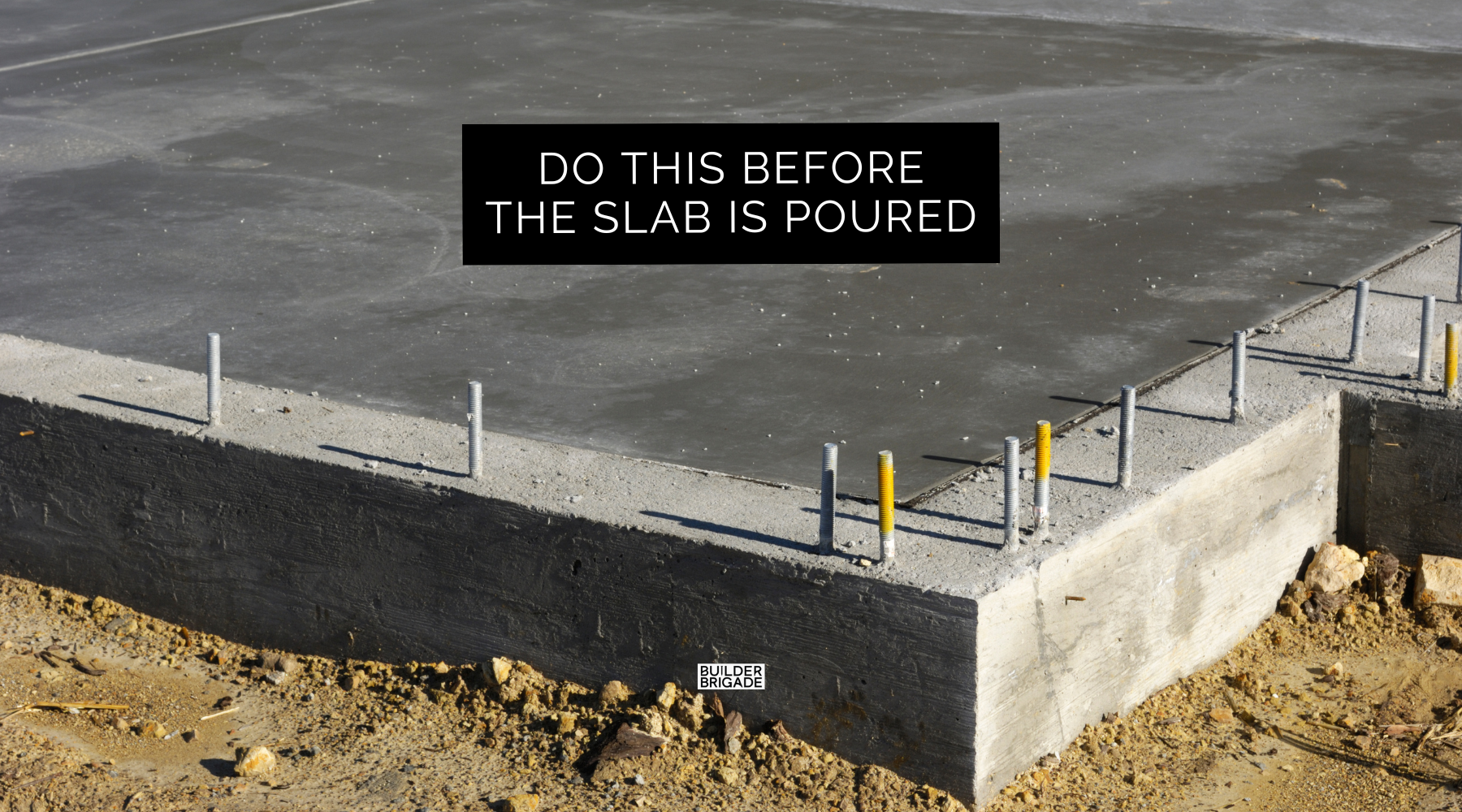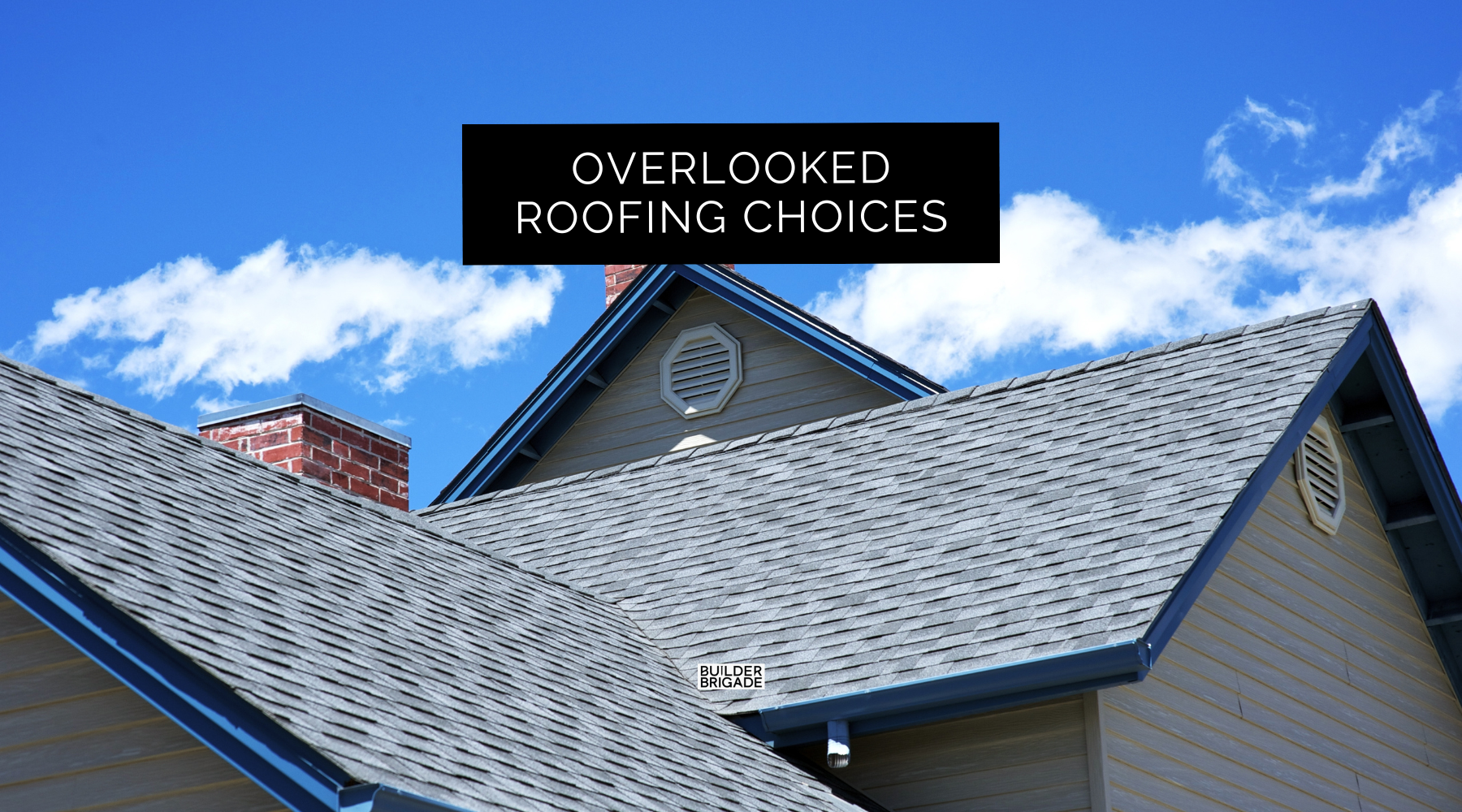Once the slab is poured, there’s no turning back. These are some of the most overlooked parts of a new build that can save you a ton of hassle if you plan for them early. Whether you’re weeks or days away from the pour, make sure these are on your radar.

Control Joints
If you don’t see shallow cuts in the concrete slab within 24 hours of the pour, you’re basically inviting random cracks. Control joints tell the concrete where to crack, which helps prevent ugly lines later on.

High Spots
A slightly raised section might not seem like a big deal now, but when it’s time to install flooring, it becomes a nightmare. If it’s caught early, high spots can be ground flat. If not, you’ll be left fighting uneven tile, floating floors that shift, or hardwood that doesn’t sit right. You’ll be able to feel it when you walk across it.

Garage Door Threshold
Without a recessed threshold, wind-driven rain and leaves will make their way straight into your garage. It’s such a small detail, but slightly lowering the slab at the garage door keeps water out during storms. It also helps reduce dirt build-up right where your tires roll in.

Electrical and Plumbing
Once it’s in the slab, it’s permanent. That’s why you need to plan now for things like kitchen islands, floor outlets, outdoor kitchens, or future additions. Want power on your patio? A plug in the floor of your office? Conduit and drain lines need to be added before the pour. Trench drain pans are a smart option for your appliances.

Garage Floor Drain
If you live somewhere with snow, wash your car at home, or just like a clean garage then you’ll want to add a drain to your garage floor. Whether it’s a trench drain or center drain, this upgrade keeps water from pooling and makes the space way easier to maintain. It’s not legal everywhere, so check your area first, but if you can do it, it’s a game-changer.

Don’t Pour the Slab Without This
There’s way more to think about during this phase. My Ultimate Home Building Checklist Bundle walks you through every stage of construction.. It’s over 100 pages and now includes descriptions, image links, and real-world insights from homeowners and builders alike. If you're building soon, this checklist will help you make decisions confidently, and avoid the regret that comes from learning the hard way.








